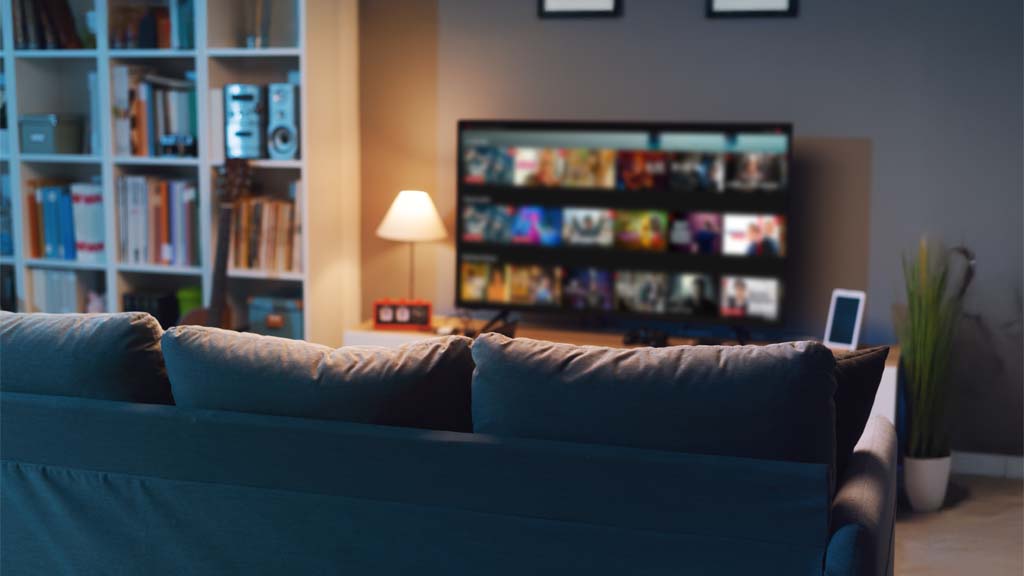The most important radio station you've never heard of – and how to hear it
Joe Hanson has a nice article on Wired.com about WWVB – The Most Important Radio Station You’ve Never Heard of Marks 50 Years on the Air. He writes “WWVB marks half a century as the nation’s official time broadcaster on July 5. Together with its sister station, WWV, which is about to hit 90 years in service, NIST radio has been an invisible piece of American infrastructure that has advanced industries from entertainment to telecommunications. (WWV’s broadcast includes a wider range of information, including maritime weather warnings and solar storm alerts).”
Hanson describes WWVB's history. “In 1965, two years after going on the air, WWVB set out on a new mission to broadcast accurate time to the whole country. This seems downright quaint in an age when one can broadcast a photo of a sandwich halfway around the world in less than a second, but at the time it was revolutionary. Radio-controlled clocks let Wall Street traders certify stock trades down to the second, and power plants could avoid brownouts caused by out-of-sync switches. Heathkit, a popular manufacturer of hobby electronics kits, even sold an “atomic clock” you could build at home. It wasn’t a true 'atomic clock' of course, but it did receive a signal from one. Those were high times for time radio.”
He notes that GPS and the Internet now threaten to make the service obsolete, but takes the time to explain how the long wavelength / low frequency (60 kHz) WWVB uses allows its signal to penetrate walls and reach areas GPS can't and where Internet connectivity isn't feasible. Receivers require very low power and have been built into watches.
Earlier this year I reported NIST Changes WWVB Modulation to Improve ‘Atomic Clock’ Reception – Adds phase modulation to existing AM signal. Hanson's article got me interested in seeing if I could build a WWVB receiver. I found many kits on the Internet, however all were “out of stock”, apparently due to their use of a C-Max CMMR-6 receiver chip that's no longer available. The C-Max CME8000 looks like a viable replacement and is available from Digikey as module for $30. Unfortunately I didn't find any inexpensive kits for it.
There is another alternative for receiving WWVB – a high-end computer sound card and a software defined radio! See Building of a long wave JJY/WWVB software receiver for one such solution. Let me know if you try this and how well it works.
EU kicks off ‘major study’ to see if broadcast TV is worth keeping
TheRegister.co.uk web site has been a good source of news on battles over TV broadcast spectrum in the UK and Europe. Last week Bill Ray adds another chapter with EU sets ball rolling on ominous telly spectrum review – If we're going to kill TV, let's all do it together!. He writes, “The Electronic Communications Committee, Europe’s continent-wide guardian of radio, has kicked off a 'major study' of the TV broadcast bands with a view to presenting its findings at the World Radio Conference in 2015. A new Task Group will look carefully at the band, which runs from 470-694MHz and is earmarked for broadcast TV across Europe. Mobile phones are much sexier than TV, so the result will no doubt be a revaluation of that earmarking to let government flog the bands off to the mobile networks.” He adds, “Not that it will matter much in the UK. By 2020 our own TV broadcaster, Freeview, will likely be paying £240m a year for the frequencies it uses, which is a serious hit to a non-profit organisation.”
The rest of his article describes steps other nations are taking to squeeze broadcast TV spectrum, including shifting to MPEG4 and DVB-T2.
Ray concludes, “The Task Group (snappily named TG6) has only just been formed, and will spend a year deciding if terrestrial TV is worth keeping. It's strange to think that broadcast TV, probably the most significant technical development of a generation, will likely have an operational span of less than a human lifetime.”
Comments and RF related news items are welcome. Email me at dlung@transmitter.com.
The professional video industry's #1 source for news, trends and product and tech information. Sign up below.

Doug Lung is one of America's foremost authorities on broadcast RF technology. As vice president of Broadcast Technology for NBCUniversal Local, H. Douglas Lung leads NBC and Telemundo-owned stations’ RF and transmission affairs, including microwave, radars, satellite uplinks, and FCC technical filings. Beginning his career in 1976 at KSCI in Los Angeles, Lung has nearly 50 years of experience in broadcast television engineering. Beginning in 1985, he led the engineering department for what was to become the Telemundo network and station group, assisting in the design, construction and installation of the company’s broadcast and cable facilities. Other projects include work on the launch of Hawaii’s first UHF TV station, the rollout and testing of the ATSC mobile-handheld standard, and software development related to the incentive auction TV spectrum repack. A longtime columnist for TV Technology, Doug is also a regular contributor to IEEE Broadcast Technology. He is the recipient of the 2023 NAB Television Engineering Award. He also received a Tech Leadership Award from TV Tech publisher Future plc in 2021 and is a member of the IEEE Broadcast Technology Society and the Society of Broadcast Engineers.
